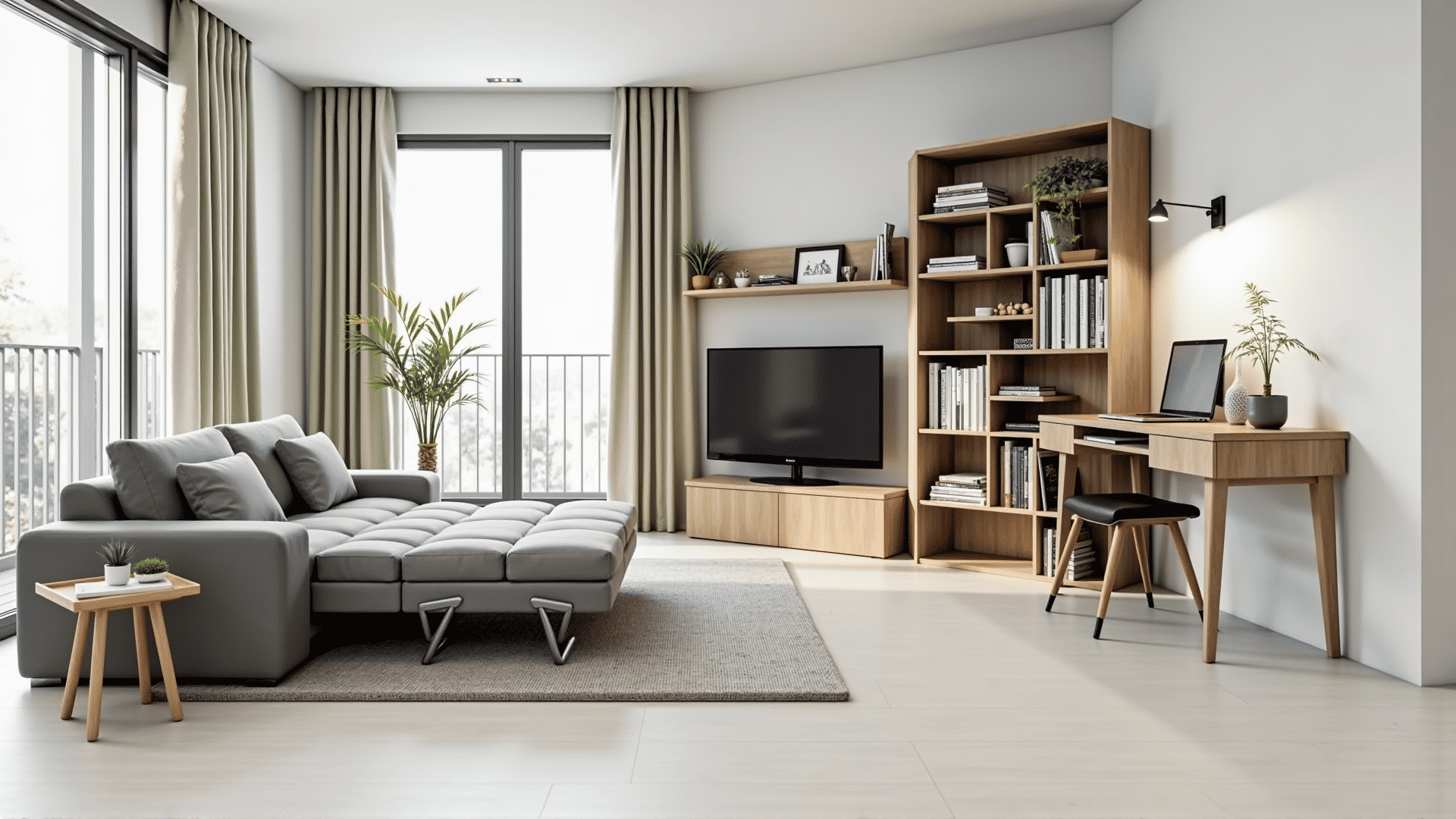In today's fast-paced world, where urban living spaces are often constrained by size and availability, maximizing the potential of your space has become more important than ever. Space optimization is not merely about squeezing as much as possible into a given area, but about creating an environment that is both functional and aesthetically pleasing. With smart and innovative space optimization techniques, you can transform even the smallest of spaces into a harmonious haven that meets your personal and professional needs.
1. Embrace Multifunctional Furniture
One of the most effective ways to optimize space is through the use of multifunctional furniture. Pieces such as sofa beds, extendable dining tables, and storage ottomans allow you to efficiently use your space without compromising on comfort or style. The key is to select items that can serve multiple purposes. For instance, a wall bed can fold into a cabinet when not in use, freeing up valuable floor space that can be repurposed during the day.
2. Utilize Vertical Space
Often, we overlook the space available on our walls and ceilings. Vertical space can be a goldmine for storage and design opportunities. Installing shelves up to the ceiling can increase your storage capacity significantly, allowing you to keep the space organized while displaying decorative items. Additionally, using hooks on walls for hanging items like bicycles or foldable chairs can keep the floor uncluttered.
3. Incorporate Smart Technology
Smart home technology can play a pivotal role in space optimization. Voice-controlled devices such as smart lights, thermostats, and window shades can reduce the need for switches or control panels, contributing to a cleaner aesthetic. Furthermore, smart furniture equipped with ports for charging devices or with built-in speakers can combine technological convenience with spatial efficiency.
4. Optimize Storage Solutions
Effective storage solutions are essential for maintaining order in a confined space. Consider incorporating built-in storage options like recessed shelving or under-bed drawers. Customizable closet systems can also make a significant difference by ensuring every inch is used wisely. The use of organizers, baskets, and bins further enhances the efficiency of storage areas, keeping items easily accessible and neatly arranged.
5. Open Up Your Space with Glass and Mirrors
The strategic use of glass and mirrors can create an illusion of more space and bring light into a room. Glass partitions can provide separation without obstructing the visual flow, which is particularly useful in studio apartments or open-concept layouts. Meanwhile, strategically placed mirrors can reflect light and make a space appear larger and more open.
6. Keep It Minimal
Adopting a minimalist approach can naturally lead to better space optimization. By focusing on simplicity and removing unnecessary clutter, you create an environment that is more functional and mentally freeing. Each item in a minimalist space is deliberately chosen for its utility and contribution to the overall aesthetic, helping to maintain an air of spaciousness.
7. Personalize Your Space with Adaptable Design
Consider designing your space with adaptability in mind. Movable partitions and furniture on casters allow you to easily reconfigure a room as your needs change. This flexibility is particularly valuable in shared living spaces or smaller homes where different activities demand different spatial setups.
In conclusion, space optimization is about making the most out of what you have through thoughtful design choices and innovative solutions. By combining clever furniture, technology, and design principles, you can create a space that is not only efficient but also a true reflection of your lifestyle and personal taste. These techniques can transform any area into a dynamic and adaptable living space that maximizes both functionality and enjoyment.
